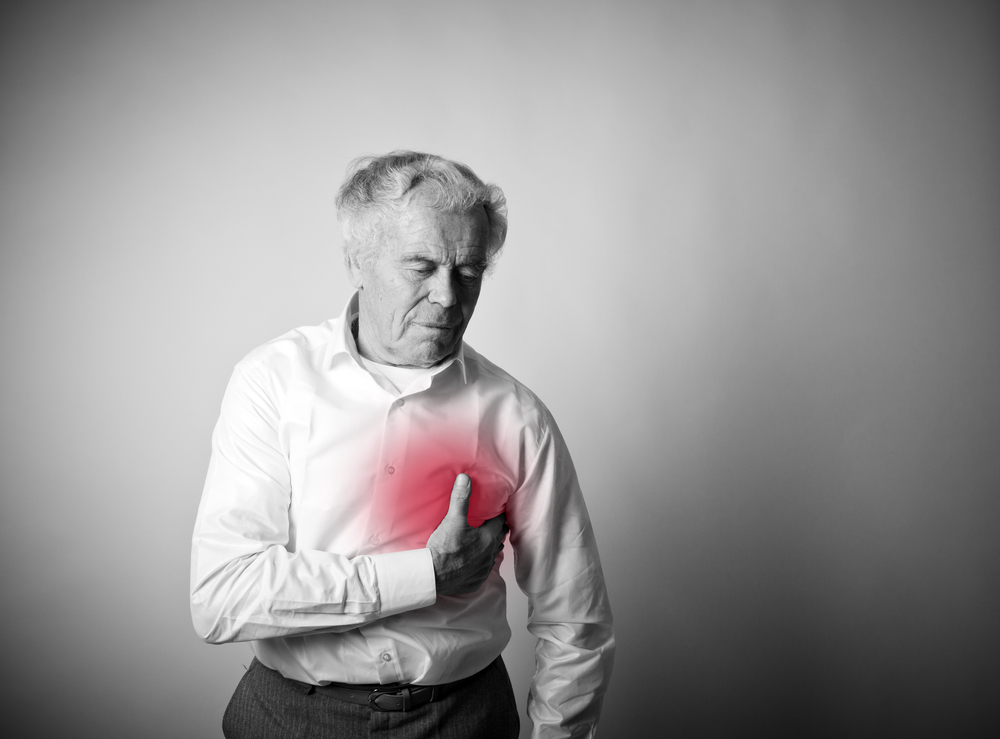Understanding The Stages A Congestive Heart Failure
Congestive heart failure (CHF) is a serious progressive condition affecting the pumping power of the muscles in the heart. It is generally called heart failure, but CHF specifically means the stage when fluid builds up all around the human heart resulting in inefficient pumping. There are a total of four heart chambers. There are two atria in the upper part of the heart and two ventricles in the lower part.

CHD occurs when the ventricles are unable to pump a sufficient volume of blood to the body. This might result in the buildup of fluids and blood inside the liver, lungs, lower body, and the abdomen. Immediate CHF treatment is important because leaving this condition untreated can be life-threatening.
Below is some information about the symptoms of a CHF, its stages, and more.
What are the symptoms of CHF?
It is essential to seek medical attention if one experiences any of the symptoms associated with CHF. Some common signs and symptoms of CHF to look out for are:
- Shortness of breath when being physically active or upon lying down or even resting.
- A persistent cough, excessive phlegm formation, and rapid shallow breathing.
- Fast heart rate, arrhythmia, missing heartbeats, and heaviness of the heart.
- Memory loss, confusion, and brain fog.
- Swelling in the legs and, especially, in the ankles, around the lungs, the chest area, around the spleen or the liver, and in the abdomen.
- Muscle pain, fatigue, overall tiredness, feeling restless, loss of appetite, and weight gain.
- Excessive urination at night.
What are the different stages of CHF?
CHF is a condition that does not take place in just one day. It takes several months and, in some cases, even years for it to come to the forefront. Generally, the doctors make use of a four-stage categorization for helping patients with the treatments for CHF. Each stage involves a specific mechanism taking place within the body. They are explained below:
- Stage 1 – Normal physical activities like climbing the stairs or walking do not result in breathing shortness or palpitations. Nevertheless, moderate exercises like jogging and brisk walking make the patient feel tired and breathless.
- Stage 2 – The patient might feel a little uncomfortable while taking rest. He/she might feel breathless and tired or the heart might start racing as soon as the patient goes for a walk and climb up or climbs down from the stairs.
- Stage 3 – While taking rest, the patient may feel fine but doing even a simple physical activity might make him/her tired. The patient might feel palpitations or may pant even if he/she gets up from the sofa or walks over to the kitchen.
- Stage 4 – The patient may feel his/her heart beating fast and hard while taking rest. He/she might feel tired when sitting or feel palpitations and anxiety at all the times.
What are the treatment procedures for CHF?
The main objective of treatment for CHF is making the heart beat more efficiently so that it is able to meet the energy requirements of the body. Treatment procedures include:
- Fluid restriction or trying to decrease fluid within the body in order to make it possible for the heart to work harder toward circulating blood through the vessels within the body.
- Decreasing the intake of salt.
- Water pills or diuretic medicines might be prescribed. Most common diuretics used for the treatment of CHF include bumetanide, hydrochlorothiazide, and furosemide.
- Angiotensin-converting enzyme (ACE) inhibitors along with angiotensin II receptor blockers (ARBs) are medications that can be used for increasing the chances of a patient’s survival. These medicines work by decreasing systematic resistance while altering the hormonal milieu affecting cardiac performance.
Patients of end-stage CHF might need aggressive treatments like the left ventricular assist devices (LVAD) that help in cardiac circulation.